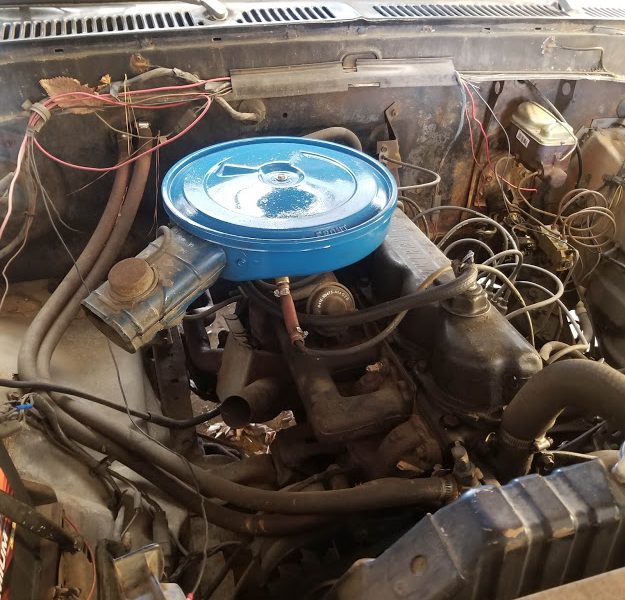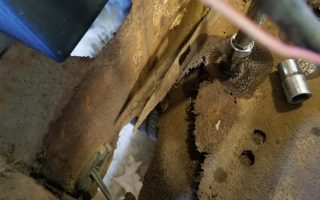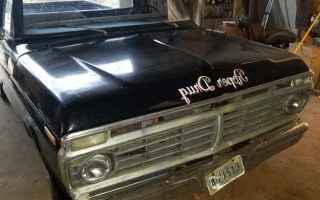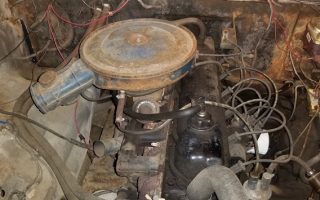“It is good to have an end to journey toward; but it is the journey that matters, in the end.”
Ursula K. Le Guin, The Left Hand of Darkness
There is an old axiom that, when deciding if repairs should be cheap, good, or fast, you can only have two out of the three. This definitely applies to fixing up an old truck. The problem, though, is that all three of these–cheap, good, and fast–are very subjective. What I call a “good” repair may be crap to someone else, and vice versa.
There are a lot of paths toward fixing up a truck like this F-100:
- Restoration: a full restoration aims to get the vehicle back to something close to original condition. That means finding original (or re-manufactured) parts and removing previous generations of fixes.
- Resto-mod: restoration-modification aims to improve on the original, with better brakes, more power, digital displays, and so on. Resto-mod jobs usually try to keep the look or at least the vibe of the original.
- Modification: whether it is making a low-rider or a hotrod, these fixes change the look of the original substantially.
- The Beater: a hooptie, farm truck, etc.; the focus here is on function–getting from point A to point B.
Going into this project, we have time. Wife, El., and I each have a commuter vehicle, and we have family members nearby with a truck if we have to have one at short notice. While we would like to have this F-100 up and running soon, “fast” isn’t our primary concern.
Cheap is good. We are not swimming in pools of cash, and what we have is mostly already earmarked for other things. A full restoration, resto-mod, or hotrod project can easily cost more than the original value of the vehicle.
I think good is the most interesting component of the equation. What is a good repair? For me, for this project, a good repair meets several criteria:
- It doesn’t make future repairs harder.
- It makes the vehicle safer.
- It is a learning opportunity.
- It doesn’t erase stories.
So, tracking down an electrical short to get the blinkers working counts, because it improves safety and is a great learning experience. Replacing a fender with some interior rust may or may not–if the replacement takes away some of the truck’s stories, then it might be better to do a patch.
Vehicles are artifacts, and old cars and trucks in particular are woven through with stories. Many repairs–and particularly restorations and modifications–set out to erase those stories and replace them with new ones. For my purposes, I want to keep as many of those old stories as I can. I want this truck to be narratively “thick”–packed with as many chapters and verses as I can fit into a single automobile.



